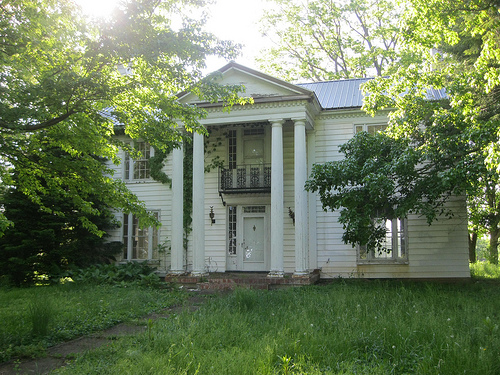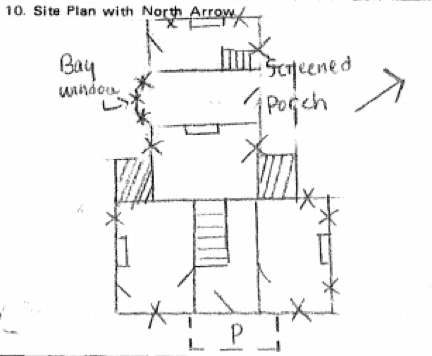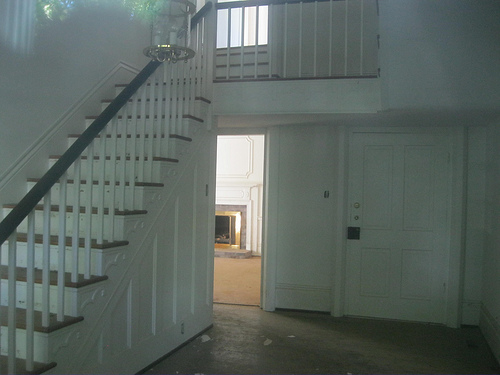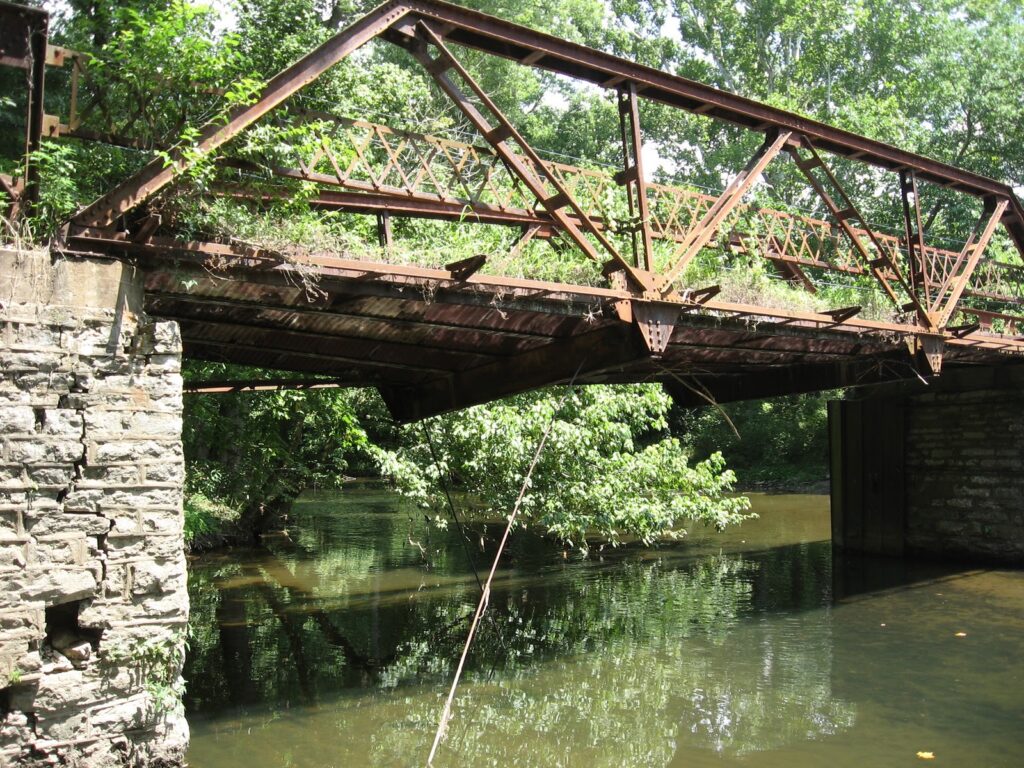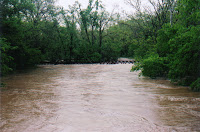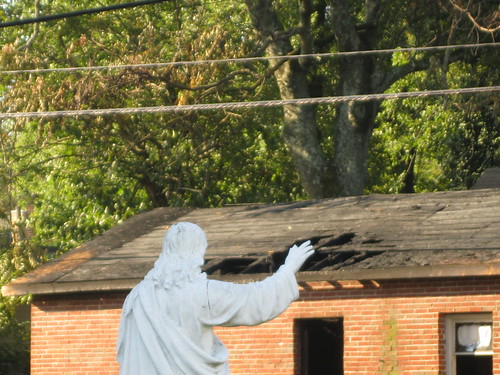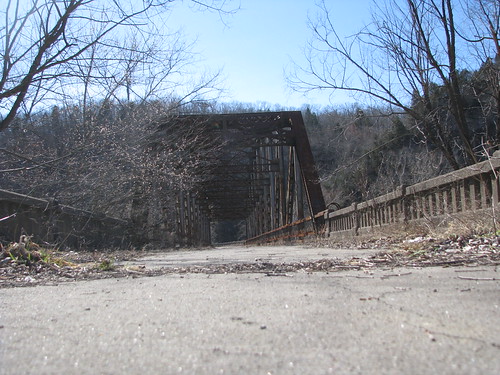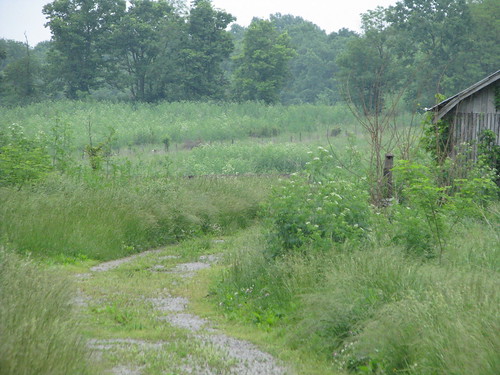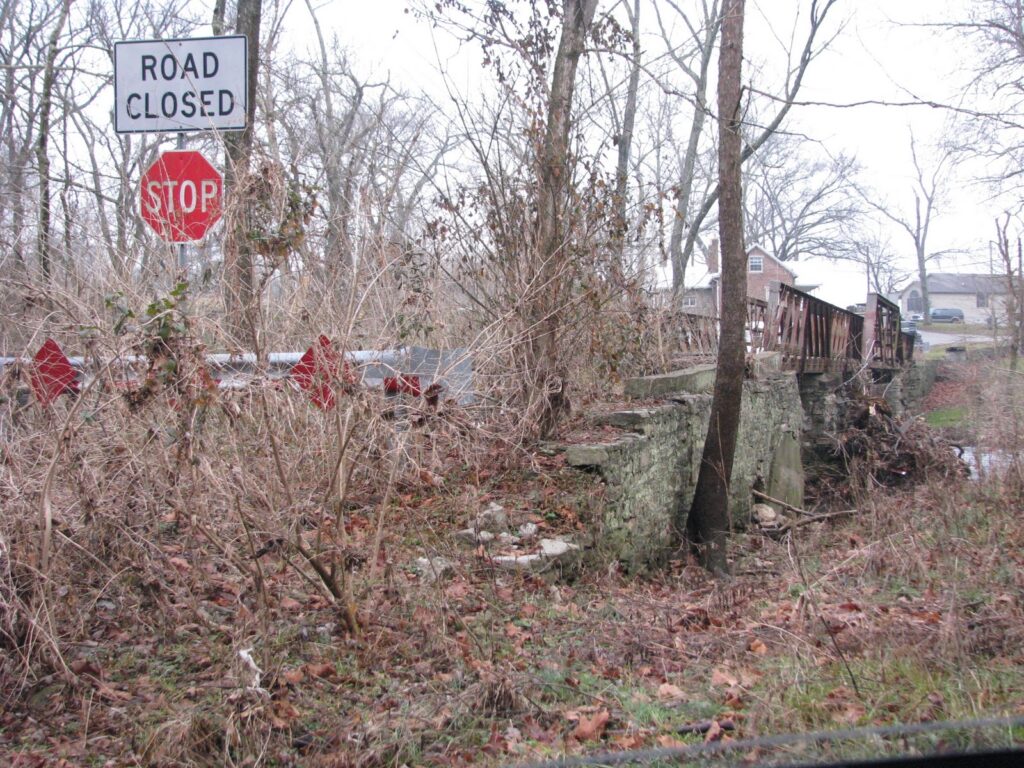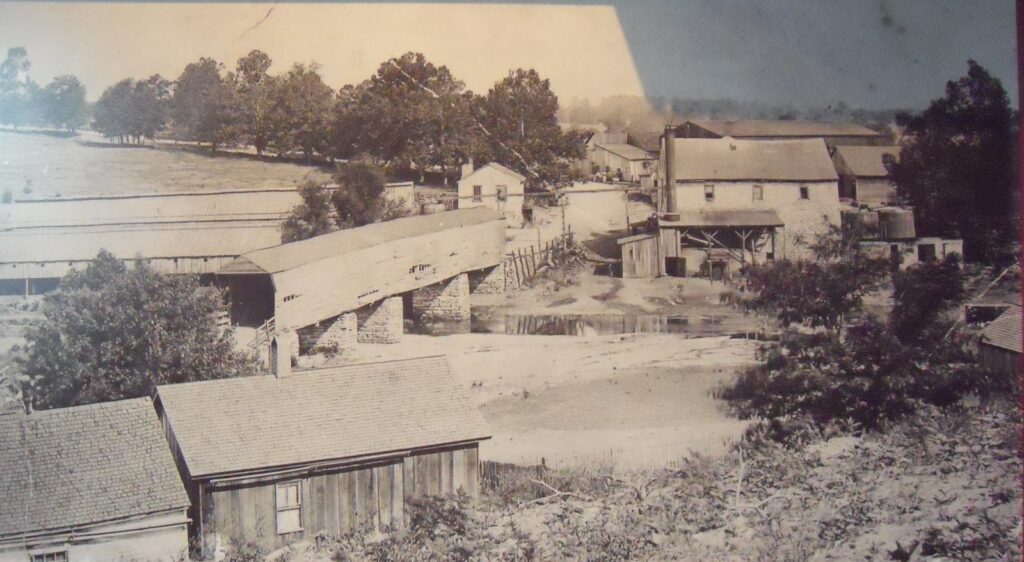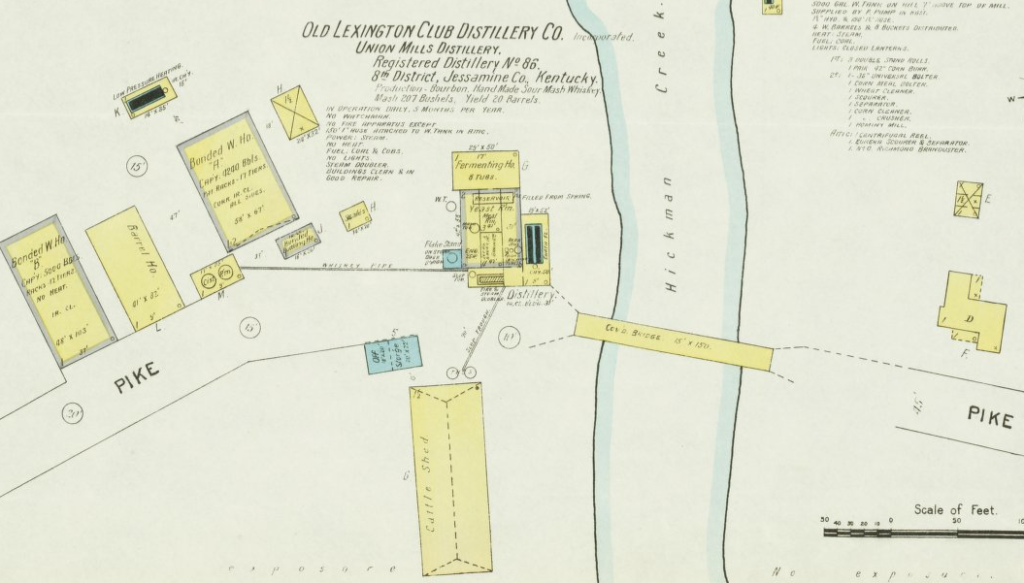 |
| The Catlettsburg National Bank Building, at right in 2010, collapsed on July 27, 2014. Author’s collection. |
Early this morning, an exterior wall of a circa 1885 bank in Catlettsburg collapsed. About an hour and a half ago, demolition began.
I learned of this from Abandoned via Facebook:
(function(d, s, id) { var js, fjs = d.getElementsByTagName(s)[0]; if (d.getElementById(id)) return; js = d.createElement(s); js.id = id; js.src = “//connect.facebook.net/en_US/all.js#xfbml=1”; fjs.parentNode.insertBefore(js, fjs); }(document, ‘script’, ‘facebook-jssdk’));
The old bank was listed on the National Register of Historic Places (Caution: PDF). The application includes the following about the historic structure that is no longer part of Kentucky’s present:
Old Bank Building, late Victorian in style, was built by the Catlettsburg National Bank in 1885. Its outer dimensions are 33 feet by 100 feet. The stone walls of its basement are of pressed brick laid in diamond cement. Two stone lions flank the stone steps that lead to the recessed main door. The door is topped by a glass transom and framed by a brick archway. The windows were originally much higher; they extended to the arched brick lintels, and the pairs of windows at the extreme right and left of the enclosed photograph were originally single windows, with stained glass at the tops. The roofing material, Pennsylvania slate, is attractively arranged in a pattern consisting of curved and rectangular pieces. The ornate roof has dormers, spires, a minaret, and wooden embellishments.
The Catlettsburg National Bank Building (aka Old Bank Building) was added to the 1973 at which time local historians felt “that if the building were properly restored, it would again be ‘altogether the handsome building in Catlettsburg.'”
In 2010, I visited Catlettsburg. The town is the county seat of Boyd County. The federal courthouse used to function out of Catlettsburg until it was moved to the larger city in the county, Ashland, during the 1980s. State court functions still operate out of the county seat. The first photo above is from that 2010 visit.
It was condemned in 2011 according to the Ashland Daily Independent. In February 2012, the same part which collapsed today collapsed and some repairs must have been made. As seen from Google Maps from April 2012:
 |
| Image of the Catlettsburg National Bank from April 2012 after a prior wall collapse. Google Maps. |

